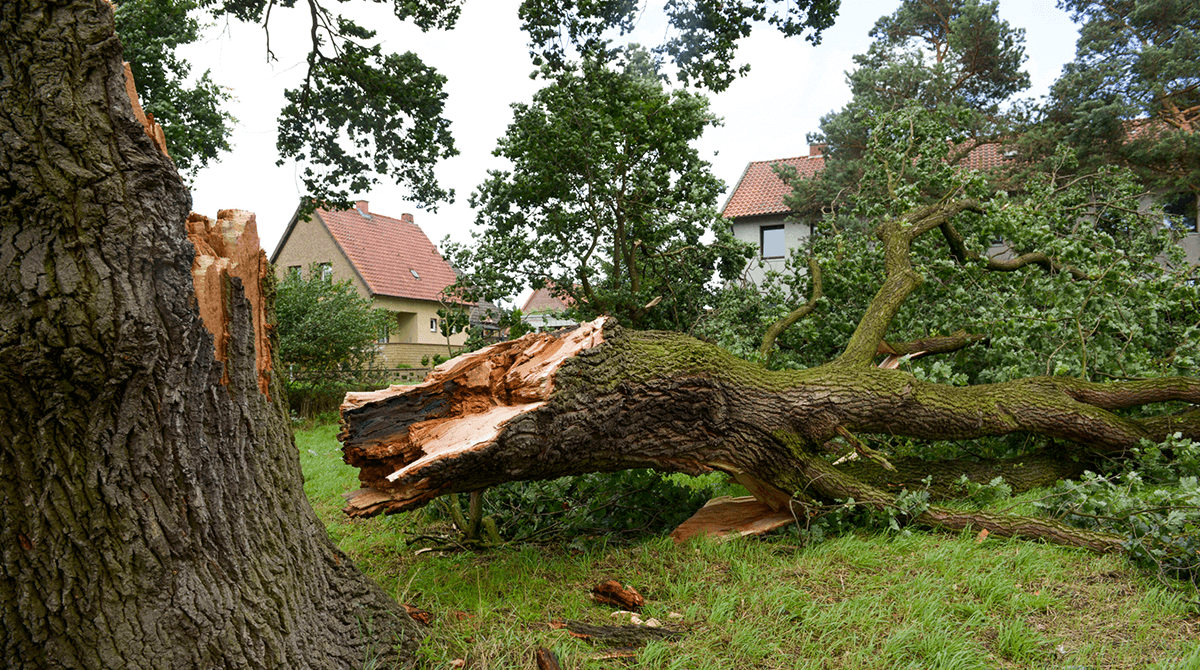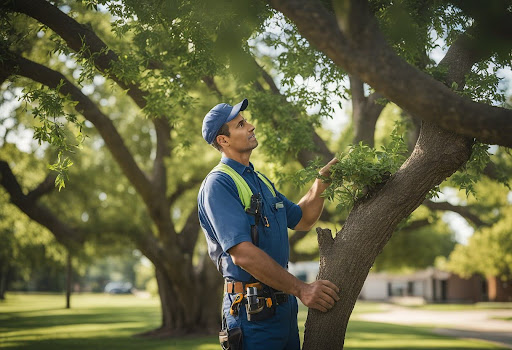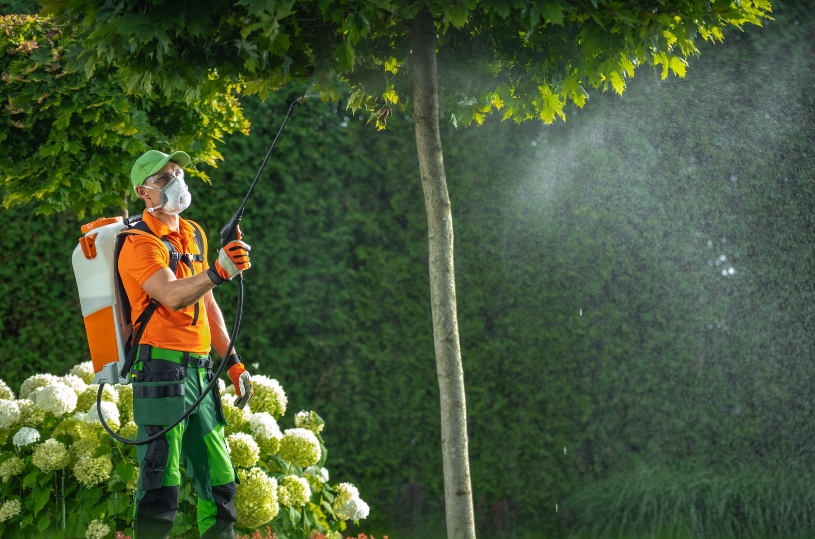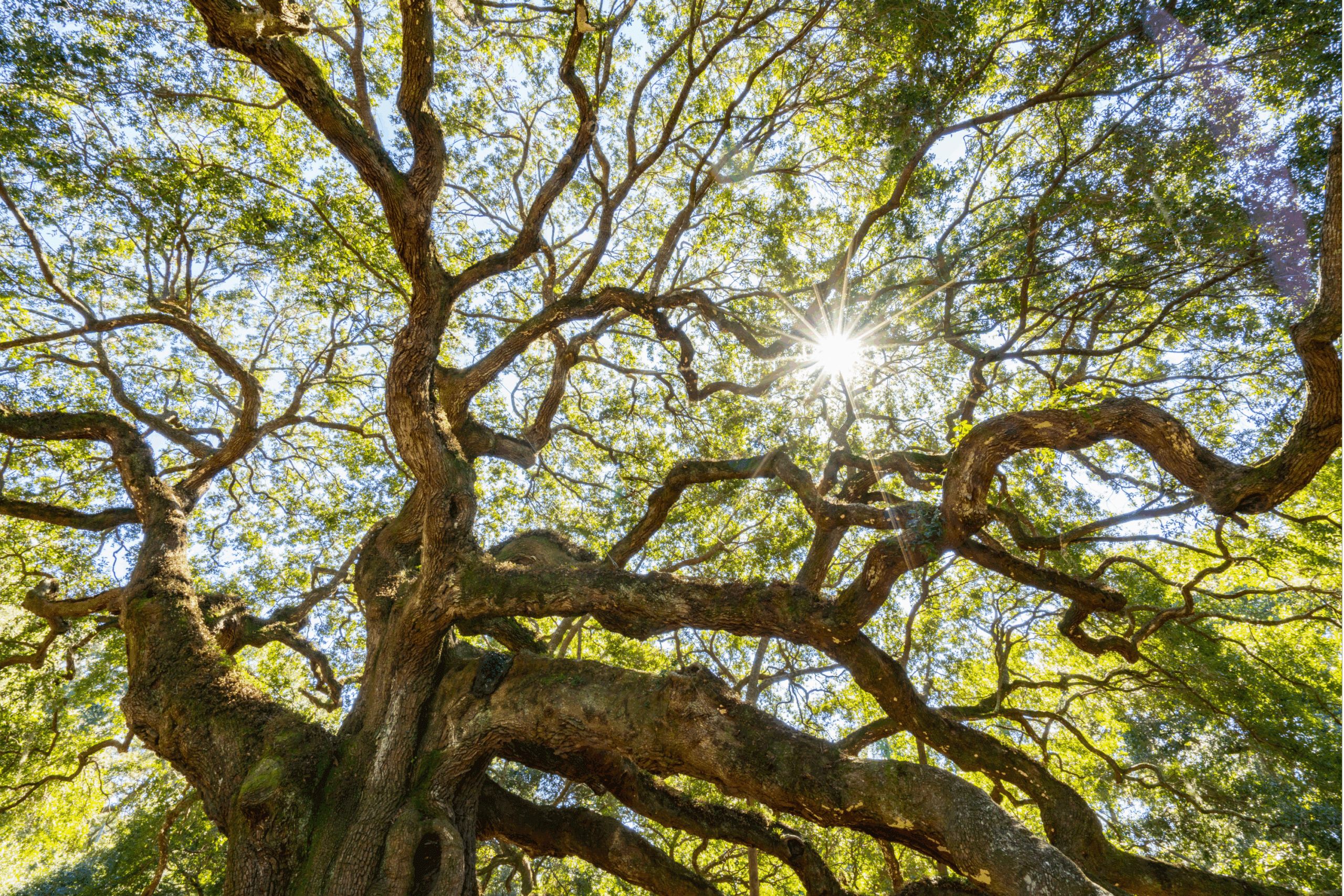
Date November 06, 2025
Category
As winter approaches it is never to early to plan ahead. It is easy for homeowners in Dallas–Fort Worth to get caught off guard when spring suddenly bursts forth in full bloom. The truth is, planning for spring tree carein Dallas–Fort Worth starts well before the first leaf unfurls. And if you want strong, resilient, and healthy trees to grace your yard come April, the groundwork must be laid now.
In this guide, we’ll walk you through the essential steps for preparing your trees for spring in North Texas, explore the unique challenges of the region’s soil and climate, and show you why now—late winter to early spring—is the ideal window to get a head start. And when it comes to expert, hands-on support, there’s no substitute for TreeNewal’s ISA Certified Arborists, who bring tailored, science-backed tree care to every yard in the Metroplex.
Why Early Spring Planning Matters in North Texas
The Dallas–Fort Worth area is known for its unpredictable weather patterns—80°F days followed by hard freezes, high winds, and even ice storms. These dramatic swings don’t just make things difficult for residents; they stress your trees as well. Without proper planning, trees may break dormancy too early or face disease outbreaks when spring rains come.
Spring is the season of renewal, but it can also be a time when previously hidden problems become fully visible. By the time most homeowners notice signs of stress, such as sparse budding, discolored leaves, or weakened limbs, the opportunity for preventative care has often passed. That’s why proactive maintenance is essential to promoting tree health, structural integrity, and root zone vitality—all before active growth begins.
Step 1: Evaluate Tree Health Before Spring Growth Begins
Winter dormancy offers the best opportunity to assess your trees without the distraction of foliage. Scheduling a tree health assessment with an ISA Certified Arborist from TreeNewal during late winter or early spring ensures that any issues—disease, decay, pests, or structural weakness—can be identified before trees shift into growth mode.
What a Professional Tree Assessment Includes:
-
Visual inspection of bark, trunk, and limbs for cracks, fungus, or borer activity
-
Soil compaction testing around the root zone to check oxygen availability
-
Crown density and symmetry analysis to identify weak branching patterns
-
Root flare examination to detect buried trunks or girdling roots
-
Risk assessment for dead limbs that could fall during spring storms
TreeNewal’s certified experts use diagnostic tools and arboricultural science to create a tailored tree care plan that aligns with your property’s unique needs and North Texas’s changing climate.
Step 2: Plan Your Pruning—The Dormant Advantage
Late winter to early spring—typically February through March in Dallas–Fort Worth—is the best time for most pruning tasks. Why? Because pruning during dormancy encourages robust spring growth while minimizing sap loss, pest exposure, and disease transmission.
Key Dormant Pruning Benefits:
-
Improves structural stability before heavy growth resumes
-
Reduces the risk of damage from spring storms
-
Enhances air circulation and light penetration within the canopy
-
Encourages more vigorous budding and blooming in spring
-
Removes dead, dying, or crossing limbs that steal nutrients
Certain ornamental trees, like crape myrtles or flowering pears, benefit from precision pruning for shape and aesthetics, while larger hardwoods like oaks, elms, and pecans need careful structural attention. With TreeNewal’s ISA Certified Arborists, you’ll avoid common pitfalls like over-pruning and topping, which can permanently weaken trees.
Step 3: Refresh Mulch to Protect Root Zones
Mulching is one of the most overlooked yet impactful spring tree care practices. Applying a fresh layer of organic mulch around your trees not only enhances your landscape’s appearance—it regulates soil temperature, conserves moisture, and suppresses weed competition.
Proper Mulching Tips:
-
Apply a 2- to 4-inch layer of shredded hardwood mulch
-
Extend mulch to the tree’s drip line, but never against the trunk
-
Maintain a mulch-free space of 4–6 inches around the root flare
-
Avoid mulch “volcanoes,” which promote disease and decay
TreeNewal offers root zone management services that go beyond mulch, including vertical mulching and soil aeration to combat compaction and increase root vitality—especially important in North Texas’s clay-heavy soils.
Step 4: Reassess Watering Schedules as Temperatures Rise
As winter fades and days get warmer, your trees will require a gradual return to regular watering. However, early spring can bring heavy rains followed by unexpected droughts. The key is to monitor soil moisture closely and adapt your irrigation strategy accordingly.
Watering Best Practices for Early Spring:
-
Test soil moisture by inserting a screwdriver 6–8 inches into the ground
-
Water deeply, but less frequently, to promote deep root growth
-
Focus on younger or newly transplanted trees, which are more vulnerable
-
Avoid watering if rain is in the forecast or soil is already saturated
Installing a smart irrigation system—or scheduling a TreeNewal tree care visit—can help automate and fine-tune your watering plan based on real-time weather and soil conditions.
Step 5: Address Nutrient Deficiencies with Spring Fertilization
Healthy soil is the foundation of healthy trees. However, urban soils in the Dallas–Fort Worth Metroplex are often nutrient-poor due to construction, compaction, and a lack of organic matter. Spring is the perfect time to replenish nutrients and ensure your trees have the fuel needed for new growth.
TreeNewal uses arborist-recommended, slow-release fertilizers that contain:
-
Nitrogen for foliage development
-
Phosphorus for root and flower support
-
Potassium for disease resistance and hardiness
-
Micronutrients like iron and magnesium tailored to tree species
Their ISA Certified team can perform soil testing to customize the fertilization plan for your specific property. Unlike generic hardware store products, TreeNewal’s formulations are based on science and local ecology.
Step 6: Check for Early Signs of Disease and Pests
North Texas is home to a variety of tree threats that become active in early spring, including oak wilt, hypoxylon canker, aphids, borers, and scale insects. Early detection can prevent major infestations and disease spread throughout your landscape.
Signs to Watch For:
-
Discolored or spotted leaves
-
Wilting branches or sudden leaf drop
-
Visible fungus or mushroom growth at the base
-
Sap oozing from the trunk or limbs
-
Fine webbing or sticky residue on leaves (often a sign of aphids)
TreeNewal provides preventive treatments and integrated pest management (IPM) that target issues early—without harming beneficial insects or surrounding plants. Their arborists are trained to recognize local pest behaviors and seasonal outbreaks before they become widespread problems.
Step 7: Prepare for Spring Storms and Wind Damage
Spring in Dallas–Fort Worth often brings high winds, hail, and thunderstorms that can damage weak or unprepared trees. Now is the time to reinforce vulnerable specimens, remove hazardous limbs, and schedule professional support for trees growing near homes, power lines, or vehicles.
TreeNewal can perform a Tree Risk Assessment to evaluate:
-
Leaning trees and asymmetrical canopies
-
Hollow trunks or cavities
-
Split or dead limbs
-
Root plate instability
-
Proximity to structures and infrastructure
With timely interventions, you can avoid costly damage and ensure your trees remain assets—not liabilities—during Texas storm season.
Step 8: Consider Tree Planting in Early Spring
If you’ve been dreaming of planting a shade tree, ornamental specimen, or privacy screen, early spring is the perfect time. Trees planted during this season benefit from warming soil, increased rainfall, and a full growing season to establish roots.
TreeNewal’s ISA Certified Arborists can help you choose the right tree for the right place based on:
-
Soil type and pH
-
Sun exposure and irrigation availability
-
Mature size and root spread
-
Pest and disease resistance
-
Native species preference (which thrive in DFW conditions)
They also provide post-planting care, including staking, watering schedules, and mulching for optimal establishment.
Bonus Tip: Create a Year-Round Tree Maintenance Calendar
Tree care isn’t a one-and-done task—it’s a year-round commitment. By working with TreeNewal, you can create a custom seasonal calendar that tracks:
-
Fertilization dates
-
Pruning cycles
-
Soil testing intervals
-
Pest and disease inspections
-
Irrigation adjustments by season
This proactive approach keeps trees healthy, prevents expensive emergencies, and adds value to your property over time.
Why Choose TreeNewal for Spring Tree Care in Dallas–Fort Worth?
TreeNewal stands apart in the tree care industry because of their team of ISA Certified Arborists, who are trained to the highest standards in biology, tree safety, and urban forestry. Their services are rooted in science, customized to your environment, and always focused on long-term outcomes—not quick fixes.
They serve residential and commercial properties across Dallas, Fort Worth, Southlake, Colleyville, Keller, Flower Mound, and beyond. Whether you need a single tree inspection or an ongoing tree health management plan, TreeNewal is your trusted partner for spring, summer, fall, and winter care.
Final Thoughts: Spring Success Starts Now
Don’t wait for warmer weather to start planning for spring tree care in Dallas–Fort Worth. The most effective tree care is preventive, not reactive. By evaluating tree health, adjusting watering and pruning strategies, monitoring for early signs of disease, and consulting with a qualified arborist, you can set your trees up for success before the first buds emerge.
TreeNewal is ready to help you with expert advice, precision pruning, fertilization, root management, and everything your trees need to thrive. Their passion for trees—and the communities they beautify—shows in every job they do.
Ready to Prepare Your Trees for Spring?
Connect with the ISA Certified Arborists at TreeNewal.com today or fill out the contact form on their website to schedule your Spring Tree Health Assessment. Your trees deserve professional care—and your landscape will thank you for it.
Photo by Lucia Sorrentino on Unsplash

